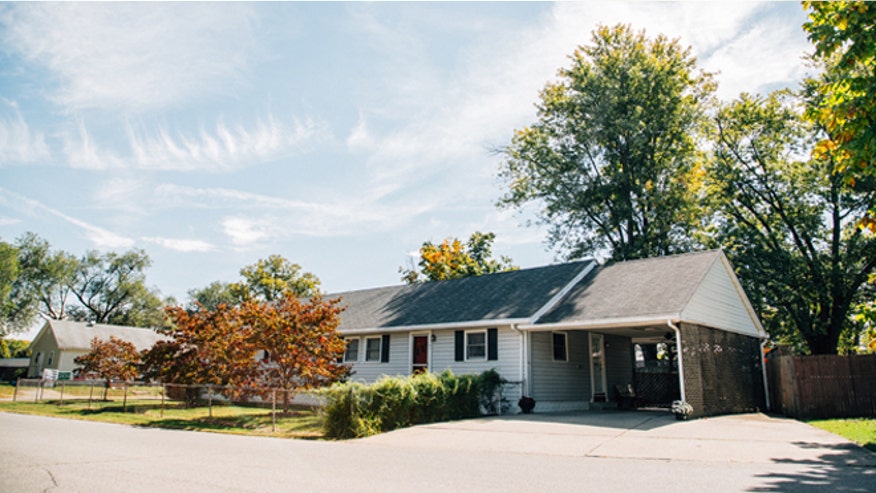The DDA: A Dinosaur That
Needs To
Disappear
By Bradley
Harrington
“The ultimate result of
shielding men from the effects of folly, is to fill the world with fools.” -
Herbert Spencer, “Essays: Scientific, Political and Speculative,” 1891
-
Cheyenne’s Downtown
Development Authority (DDA) just can’t seem to get any respect these days. And
deservedly so, given its history, the way it spends money and some of its recent
actions in
particular.
First established in
1984, the DDA was formed to “plan and implement the restoration and improvement
of the property within its boundaries.” So, has it accomplished any part of that
mission in 30
years?
Uh, no. Sorry, but it’s
been, to put it mildly, an absolute bust. As Greater Cheyenne Chamber of
Commerce President Dale Steenbergen so trenchantly observed last
week:
“‘When I look out the
window of my office, I see a lot of empty buildings,’ Steenbergen said. ‘We
believe that those empty buildings are caused directly by the regulatory
environment in this community.’” (“Things tense for City, Chamber,” WTE, May
16.)
Well, Mr. Steenbergen,
you nailed that one - and kudos to you for having the guts to stand up and say
so.
Now, to be fair, not all
of those empty buildings are to be blamed on the DDA - City regulatory policies
in general, which were actually the main focus of Mr. Steenbergen’s comment,
have much to do with that as
well.
There’s certainly no
denying, however, that the DDA has played a significant role in vacating those
buildings: after all, consider some of the things the DDA sees fit to establish
rules and regs on when it comes to downtown
development:
“Building form and
orientation, exterior surface treatment, facades, roofs, doors and windows,
lighting, equipment, off-street parking, pedestrian circulation, equipment and
service areas, fences and site walls, site lighting, rehabilitation principles,
painting and color, treatment of storefront components, awnings, signage,
additions to existing buildings, and minimum maintenance guidelines.” (“Downtown
Guidelines,” DDA
website.)
I’m appalled: I don’t
see the proper shape of downtown business toilet seats on the list. Just an
oversight, I’m
sure.
As for spending money -
taxpayer money, that is, through both
mill levies and “TIF allocations,” which routinely comprise about 95 percent of
the DDA’s budget - well, that’s a story unto itself. Consider some of these
budgetary boondoggles, for
instance:
► For the
last three fiscal years, DDA staff salaries have consumed 39-42 percent of
budget.
► And
that’s not even counting things like consumer print ads, uniforms, equipment,
board retreat and meetings, bookkeeping, legal counsel, lease payments, and
other DDA operating expenses. Run the figures through the cruncher for FY2014
and you end up with a piddling 30 percent of DDA money actually being spent on
“projects.”
► And when
one examines what passes for a DDA “project,” one can only wonder if these
people have lost their minds. So desperate to get somebody, anybody, to open a business downtown,
despite all of the bureaucratic red tape they have placed in the way, the DDA is
even willing to use your tax dollars to subsidize rent
payments:
“A
proposal now under review would give grants to new businesses downtown to help
pay their rents.” (“DDA wants to help businesses pay rent,” WTE, May
13.)
Just the
kind of businesses we want downtown, right? Incompetent losers who can’t even
pay their own bills. Brilliant! Will the DDA also nix their required levy/TIF
allocation payments as well? Nah, probably
not.
Sounds
like a litany of gravy-train, corporate-welfare, make-work schemes to me. I can
only wonder how it feels, as a downtown business taxpayer, to be forced to pay
these DDA people protection money for the “right” to be told what to do, when to
do it and how to do it - and to watch their competitors be subsidized with that
loot the whole while.
And people
wonder why downtown buildings are running on empty? You have got to be kidding me. Most developers
fled to the relatively unrestricted freedoms of Dell Range Boulevard long
ago.
Once in a
great while, however, justice does prevail: for, two years from now, Cheyenne
Light, Fuel and Power - the biggest victim of this levy/TIF abuse - will be
moving its service center outside of DDA
boundaries.
And the
losses the DDA will sustain when that Cheyenne Light move completes? “DDA
board members expect to
lose about $500,000 by July 1, 2016, which is most of its budget.” (“DDA’s
future in limbo when funds disappear,” WTE, March
23.)
Well, cry me a river.
Goodbye and good riddance. And, who knows? Maybe, once this DDA dinosaur
disappears, its current staff can find work digging ditches for the developers
that will start flocking back to downtown
afterwards.
Bradley Harrington is a
computer technician and a writer who lives in Cheyenne, Wyoming; he can be
reached at
brad@bradandbarbie.com.
********************


